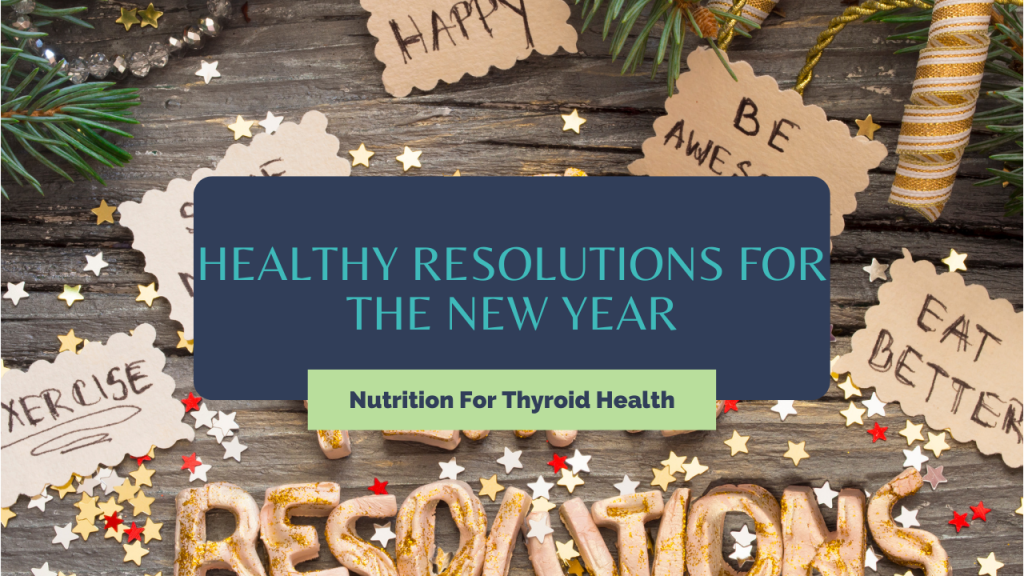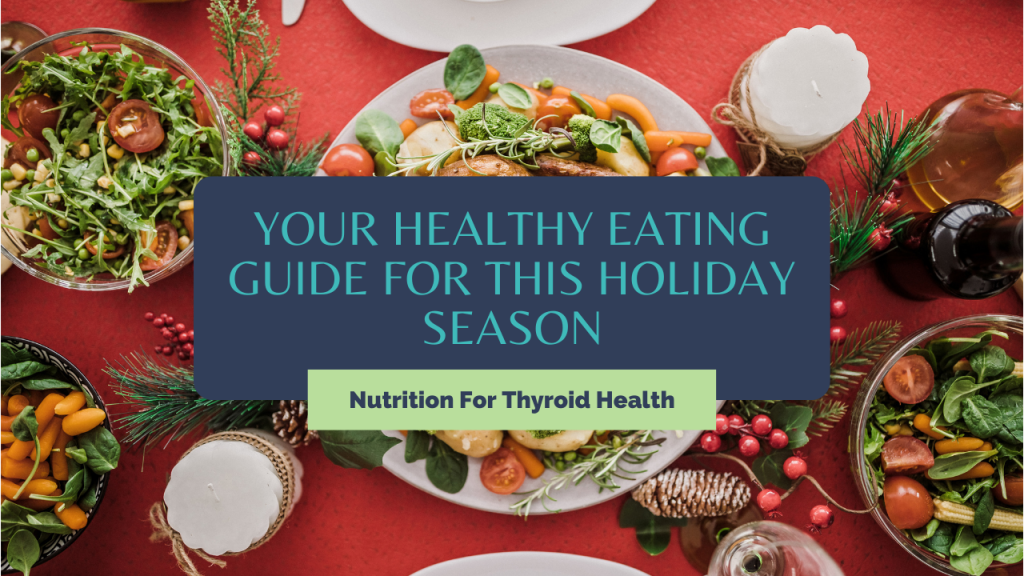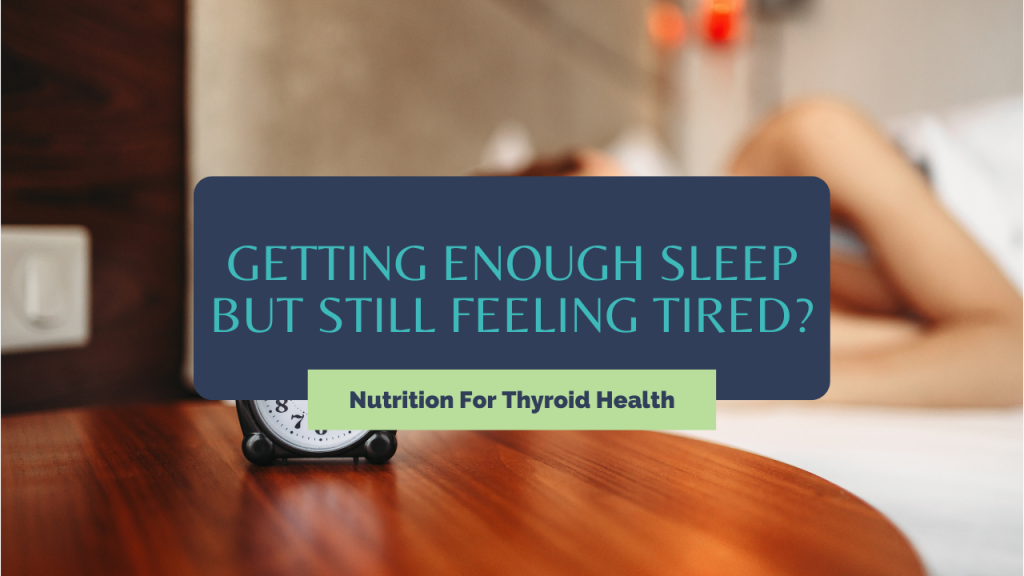Healthy Resolutions for The New Year
As the new year approaches, it’s time to start thinking about some of our healthy resolutions that we want to keep in 2023. Becoming a healthier version of ourselves is something that many of us strive for all year round and setting achievable goals can help make this easier. But how do you actually go about making successful healthy resolutions? This post will cover the basics of what you should know before starting your journey towards creating healthier habits, as well as providing tips on how to stay motivated and make sure your resolution lasts through 2023!
A Healthier You New Year Basics
The first step towards achieving your health goals is understanding where you currently stand. Take inventory of where your diet and exercise are now, so you can have a clear idea of where you want to go. Setting realistic goals that can be broken down into smaller, achievable steps is key. Write out your goal and include the actions you plan to take in order to reach it. With any resolution, it’s important to keep in mind that progress is not linear; sometimes it will be slower than expected, while other times it will move faster. Remind yourself that this is normal and focus on the small improvements each day!
Do’s and Don’ts of New Year’s Resolutions
When making your resolution, make sure they are specific enough so they can actually be achieved—for example ‘exercise more’ should be changed to ‘go for a 30-minute jog three times a week.’ Additionally, it’s important to set achievable goals; resolutions should be something you can actually do and not too extreme or far-fetched.
Make sure your resolution is realistic based on the time, resources, and support systems you have available. Don’t forget to break it down into smaller tasks that are easier to achieve so that you can start seeing results sooner!
It’s All About Small, Continuous Changes
The key to making changes stick is small steps—small goals that can be completed in a short amount of time lead to big wins over time. Identify one area where you want to make a change, whether this is your diet, exercise habits or lifestyle choices. Then work on breaking it down into smaller tasks that you can complete each day. Celebrate the small wins and track your progress—this will help keep you motivated to achieve your goal!
Mind and Physical Resolutions
It’s important to remember that resolutions don’t just have to be physical goals; they can also include mental health goals. Make sure you’re taking time for yourself to relax, reflect, and recharge. Prioritize activities like reading, listening to music or podcasts, meditating and journaling—all of which can help lower stress levels and increase happiness.
Celebrate All Wins
No matter how big or small the win may be, make sure you take a moment to celebrate! Whether it’s a new healthy habit you’ve been able to stick to for a week or the fact that you’ve made it through another day, each success should be acknowledged and appreciated.
Creating healthy resolutions is an important part of being able to make real and lasting changes in your life. By understanding your starting point and setting achievable goals, breaking them down into smaller tasks and celebrating all wins – big or small – you are taking the first steps towards creating healthier habits that will last well into 2023! Good luck on your journey towards becoming a healthier version of yourself!
Need a Health Reset?
Get ready to regain your vitality and feel like yourself again!
This monthly membership will take you through the core symptoms that needs to be addressed when you are looking to optimize your health. You will learn the importance of self-care strategies, overcome emotional eating, and take a deep dive into what you need to do for YOUR body to regain your vitality and feel like yourself again.
Let’s Connect!
Say goodbye to fatigue and hello to a full and vibrant life! Join me over in my Facebook group where we are talking all about how to take back control of your health!
Be sure to follow me on my Facebook, TikTok, Instagram and Pinterest for tips and tricks on how to use nutrition to live your very best life!
Healthy Resolutions for The New Year Read More »





